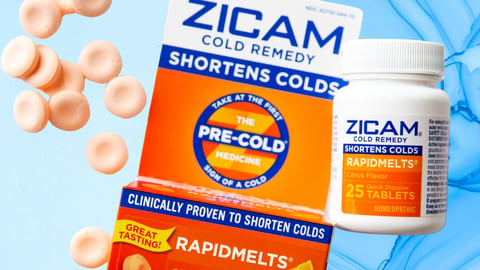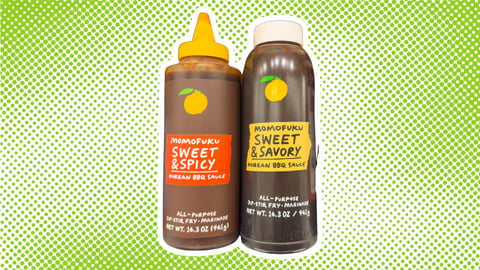Discovery Channel: How Paul&Shark’s AI-Fueled Search Boosts SEO & Conversions
Winning the battle for consumer eyeballs is a daily struggle for CPGs; thanks to today’s heightened consumer expectations and noisy marketplaces, staying ahead to capture and retain consumers can quickly fatigue even the most experienced digital team.
For apparel manufacturer and retailer Paul&Shark, the company knew that improving its ability to lure shoppers wasn’t enough to capitalize on the growth acceleration it experienced last year. The sportswear brand, which is available at physical retail in 73 countries and its own e-commerce site, wanted to improve its visual merchandising and offer more relevant product listings to consumers — as well as alleviate maintenance requirements for its e-commerce team.
To achieve this, the men’s casual and sportswear brand decided to replatform its website to one that improved both customer experience and its developers’ capabilities. It teamed with API platform provider Algolia to implement a search and discovery platform that’s leveraging artificial intelligence to serve relevant content to consumers, as well as automate manual product updates.
[See how AI's use is growing throughout the CPG industry]
“Improving the customer experience has always been an opportunity for us,” Giuseppe Miriello, global digital director for Paul&Shark, told CGT. “But [so has] also empowering our developers to create a website that makes a big impact for our customers and drives home our mission to provide luxury apparel to customers all over the world.”
Paul&Shark deployed the search, visual merchandising, and advanced multi-indices management technologies over the span of two months across 108 countries in 2021. It created rules for search and product sorting that ensured products at the top of consumer searches were the best-selling seasonal items with the highest availability.
The most challenging part has been tied to the company’s 22 store views, said Miriello. “This required some planning, but once done, the rules replicate across the store view in a smooth fashion.”
The technology has not only freed up time for the Paul&Shark e-commerce team to develop specific requirements that both elevate marketing campaigns and create stronger customer experiences, but its developers now also have a baseline for website search functionality. This in turn enables the company to personalize recommendations and adjust as needed, rather than starting from scratch.
During the two-month implementation, overall revenue increased 8.5% and conversion rates grew 9.6%. Website search use also increased 38.9%, with revenue directly resulting from search growing more than 15%.
Furthermore, using the GPT-3 prediction model, Algolia’s platform has resulted in query quality increasing by 90%, while simultaneously providing a personalized website experience. It also supports all languages, detects diacritics and slang, and offers dynamic synonyms guide end users, and Paul&Shark can now review such insights as product margins, content popularity, vendor score, and most searched-for products.
[See also: Cuisinart Replatforms To Meet Growing DTC Needs]
“We saw a huge boost in SEO resulting from the improved user experience and performance on our website, and we plan to implement auto-completion and AI re-ranking to automate time-consuming manual processes,” added Miriello. “These actions will further reduce the workload for our e-commerce team, allowing them more time to focus attention on new opportunities to build value and grow customer loyalty.”
What’s more, having such insight as which pages are performing well thanks to strong SEO, how much time consumers are exploring products, and other browsing habits will enable Paul&Shark to make strategic changes across the site and provide personalized recommendations to ideally convert browsers into buyers, and then returning buyers.
“Today’s consumers want auto-filled search recommendations that predict their intent, rather than making them type out the entire product name or having to sift through many pages of content to find what they’re looking for,” noted Miriello.
“The CX is all about ease and convenience, and the more convenient and easier you make their experience, the more likely they will make a purchase and return to your shop for another purchase.”






